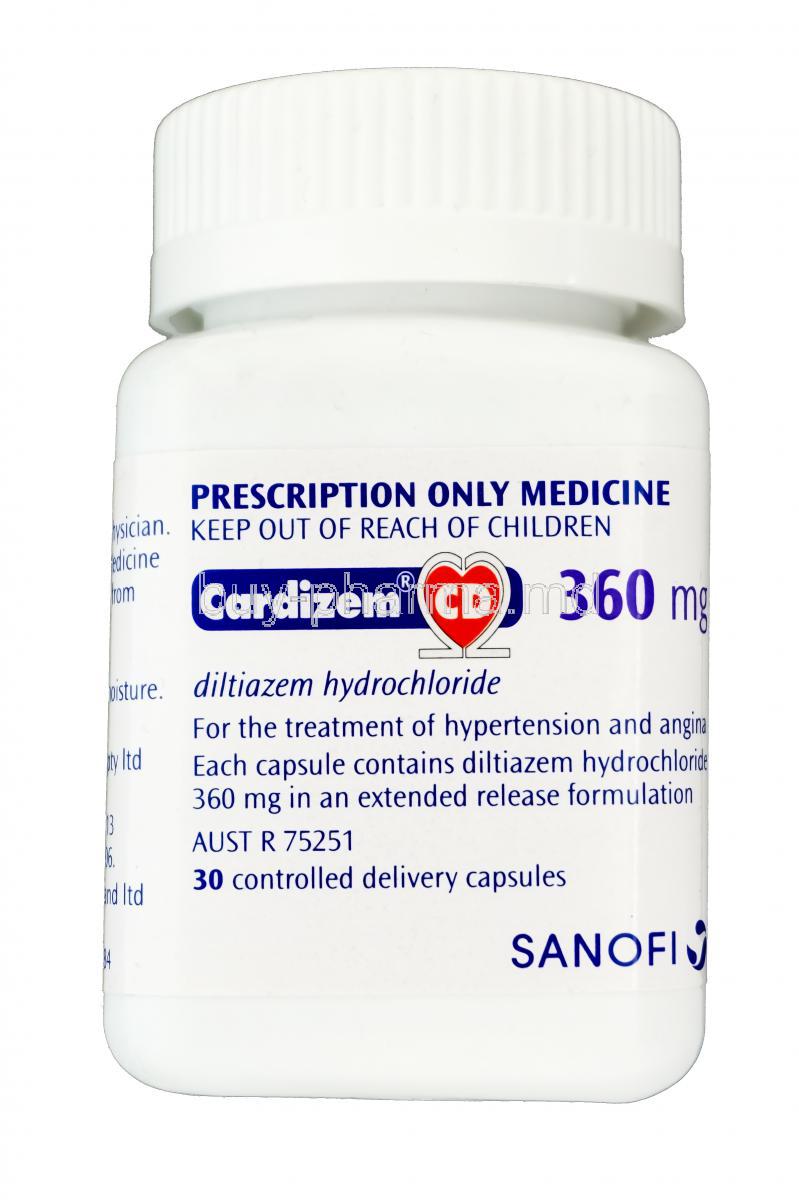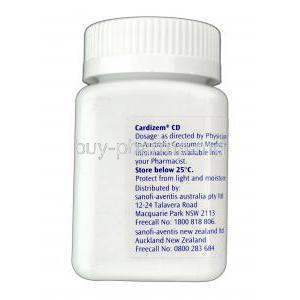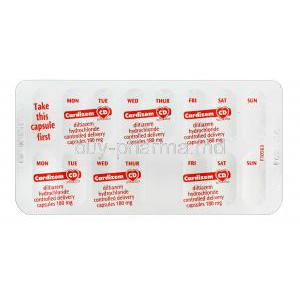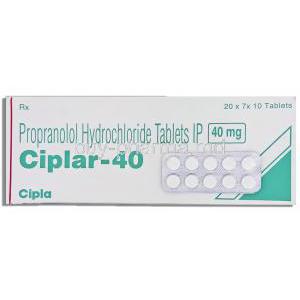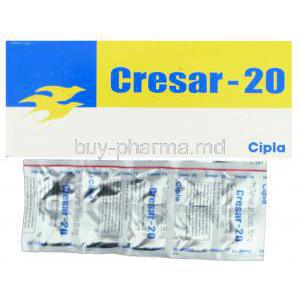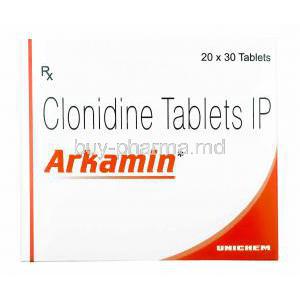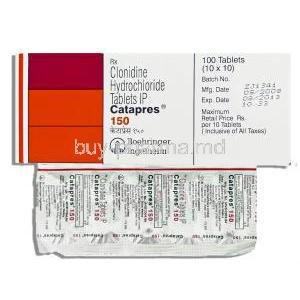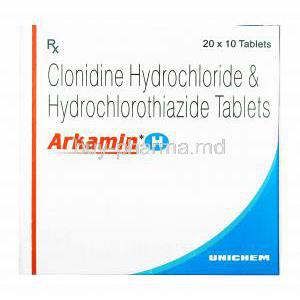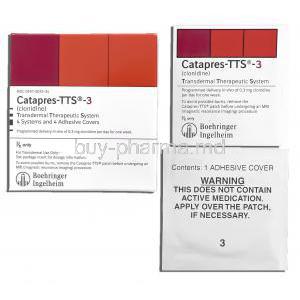Cardizem
- Introduction
- How Cardizem Works
- Dosage and Administration
- Uses of Cardizem
- Off-label Use of Cardizem
- Side Effects of Cardizem
- Common Side Effects
- Composition of Cardizem
- Storage of Cardizem
- Interaction with Other Drugs
- Warning and Contraindications
- Careful Administration and Important Precautions
- Storage of Cardizem
- Interaction with Other Drugs
- Warning and Contraindications
- Careful Administration and Important Precautions
Introduction
A brief history of Cardizem reveals that it is also known as diltiazem and falls under the category of calcium channel blockers. This drug emerged in the part of the 20th century and has since established itself as an effective treatment for various cardiovascular conditions.
When it comes to its significance, Cardizem has played a vital role in managing angina, hypertension, and certain arrhythmias, making it a game changer in the field of medical therapeutics. Physicians now have a tool at their disposal thanks to this pharmaceutical marvel.
How Cardizem Works
How Cardizem works in the body: When we delve into the intricacies, Cardizem works by blocking calcium ions from entering the muscle cells of the heart and the smooth muscles of arterial walls. This action, which slows down the influx of calcium leads to the effects;
- The strength of contraction in the heart is reduced.
- The demand for oxygen from the heart decreases.
- Coronary and peripheral blood vessels relax.
Impact on the system: Due to its way of functioning, Cardizem offers various benefits to the cardiovascular system. Firstly, it helps lower blood pressure by relaxing and widening blood vessels, thereby improving blood flow. At the time, it reduces angina symptoms by reducing oxygen demand from the heart. Additionally, its ability to regulate activity in the heart is useful in treating certain types of irregular heartbeat disorders.
Dosage and Administration
Dosages for conditions can vary when it comes to Cardizem. The specific condition being treated determines the dosage.
- In cases of hypertension, the initial dose typically falls within the range of 180 240 mg per day, which can be adjusted based on how the patient responds.
- For angina, it is usually recommended to start with a dose of 120 180 mg per day.
When it comes to adjusting dosages for populations, factors like age, renal or hepatic insufficiency, and whether the patient is a child or elderly can affect how Cardizem is metabolized.
Healthcare professionals need to consider these individual factors and make dosage adjustments accordingly in order to optimize treatment outcomes while minimizing potential side effects.
The administration route for Cardizem depends on factors including the clinical situation, urgency of treatment needed, and patient-specific considerations. It can be taken orally in tablet or capsule form.
Given intravenously when immediate effect is required or oral administration is not feasible. Regardless of the chosen route, close monitoring after administration is crucial in ensuring both safety and drug effectiveness.
Uses of Cardizem
Approved medical conditions treated by Cardizem
The world of pharmaceuticals is vast, and in that realm, Cardizem(1), also known as diltiazem, serves as an example of versatile therapy. Belonging to the calcium channel blockers group, it has a range of approved uses, including;
- Chronic stable angina: This refers to chest pain or discomfort that occurs in episodes and is a common manifestation of coronary artery disease.(2)
- Hypertension: This signifies blood pressure in the arteries, which can lead to various cardiovascular complications.(3)
- Certain types of arrhythmias These are heart rhythms that disrupt the synchronized beating of the heart.(4)
1. WebMD - Cardizem
2. PubMed - Effectiveness of diltiazem for chronic stable angina pectoris
3. Drugs.com - Cardizem
4. National Library of Medicine - Clinical Experience with Diltiazem in the Treatment of Cardiovascular Diseases

Hypertension
Effectiveness in managing cardiovascular diseases
In the changing field of cardiology, Cardizem has made a significant impact due to its remarkable effectiveness. Its main mechanism revolves around blocking the entry of calcium into cells in the heart and arteries. This complex molecular process results in beneficial effects on the cardiovascular system;
1. Vasodilation; It. Widens blood vessels, improving blood flow and reducing blood pressure.
2. Decreased contractility: By regulating the force of contraction in the heart, it reduces the heart's need for oxygen, thereby relieving angina symptoms.
3. Regulation of heart rhythm: By controlling conduction within the heart, it can correct certain abnormal rhythms, restoring a regular heartbeat.
Overall, Cardizem has proven to be a tool in managing various cardiovascular conditions.
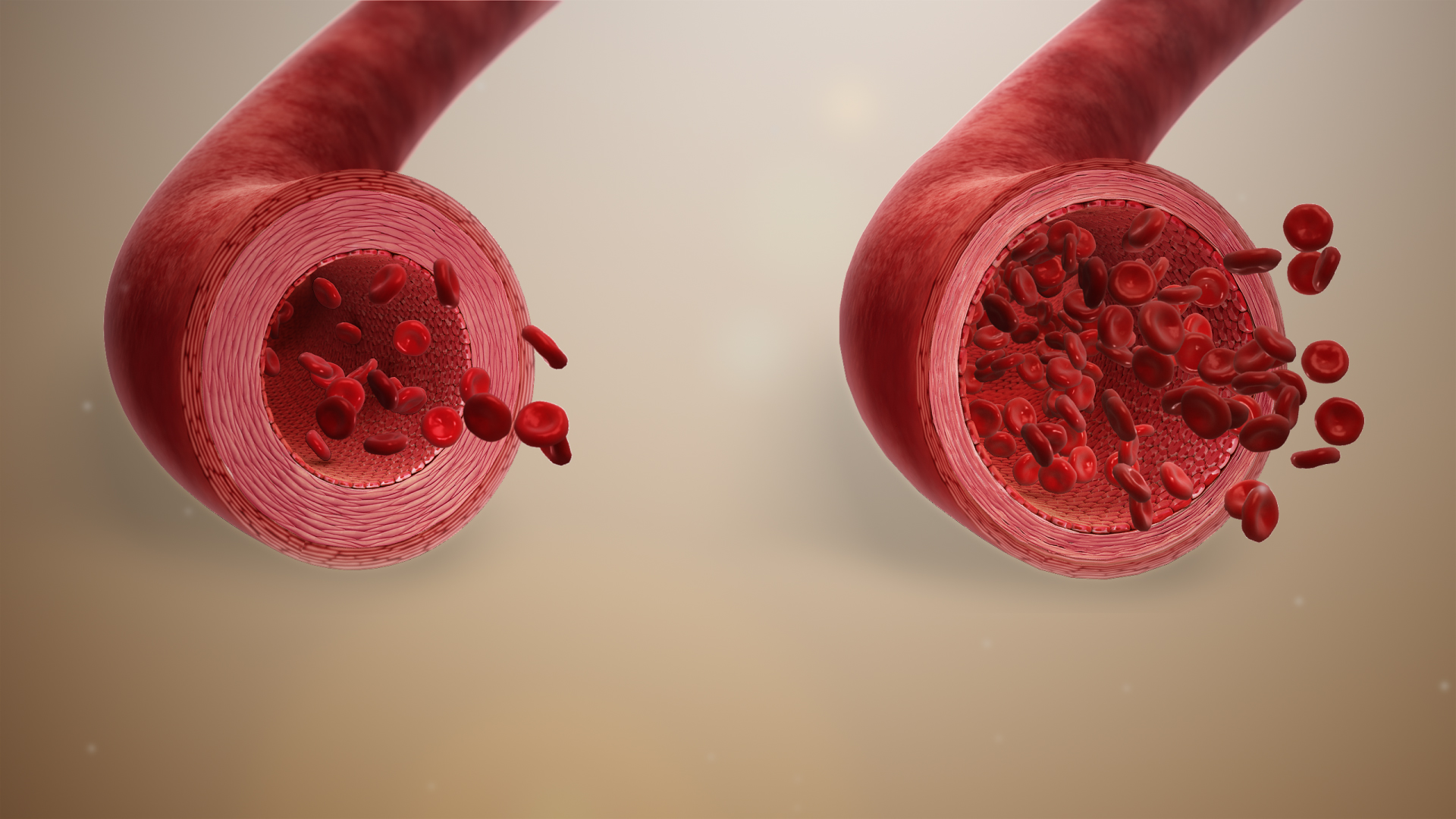
Vasodilation
Duration of treatment for most common conditions
Therapeutic treatments with powerful medications like Cardizem require careful and personalized approaches. The length of treatment varies depending on the clinical condition.
- For stable angina, long-term use may be necessary to manage symptoms and prevent worsening.
- In the case of hypertension, the duration of treatment depends on how the patient responds and may often require therapy to maintain healthy blood pressure levels.
- When it comes to disorders, the duration of treatment is determined based on the specific type of arrhythmia and its underlying cause.
It's important to note that the expertise of the healthcare provider and how each patient responds individually are factors in determining the most suitable duration, for Cardizem treatment.
Off-label Use of Cardizem
What constitutes off-label use
The field of therapeutics frequently goes beyond the initially approved boundaries. When a medication is prescribed for a condition, age group, dosage, or administration method that hasn't been explicitly approved by agencies, it is referred to as off-label use. Cardizem, which is primarily known for its uses, is not exempt from this wide-ranging pharmacological scope.
Known off-label treatments and their effectiveness
Over time, Cardizem has expanded its uses beyond its purposes and is now being considered for new therapeutic areas.
- One such area is the prevention of migraines, where studies suggest that Cardizem may help reduce the frequency and severity of episodes. However, empirical evidence is needed to confirm this claim despite clinical anecdotes supporting it.
- Another potential use of Cardizem is, in subarachnoid hemorrhage a condition caused by a ruptured aneurysm that can lead to cerebral vasospasm. It has been theorized that Cardizem could potentially alleviate this vasospasm and thereby reduce complications.
- Cardizems topical formulations have also been investigated for their ability to relax the sphincter and aid in the healing process of chronic anal fissures, which presents an interesting application.
While these potential applications bring hope, their effectiveness should be carefully evaluated through clinical trials.
Safety considerations for off-label administration
As Cardizem explores areas of therapeutic application, ensuring safety remains of utmost importance. When it comes to off-label use, there are reasons why we need to be extra vigilant;
1. Uncertainty in Dose Response: Off-label uses may require dosages compared to established norms, which could affect how effective the treatment is or increase the chances of adverse reactions.
2. Unexpected Adverse Events: Using Cardizem in therapeutic contexts might reveal side effects that were previously unknown, so it's crucial to closely monitor patients.
3. Potential Pharmacokinetic Interactions: In clinical situations, Cardizem may interact unexpectedly with other drugs being administered at the same time, which can alter its effects.
While there is an appeal to exploring off-label use, it's important to approach it with caution and rely on evidence-based practices that prioritize patient safety above all else.
Side Effects of Cardizem
Understanding potential side effects
Medications, although meant to improve health conditions, come with a set of difficulties. Unexpected side effects can occur alongside the intended benefits. Cardizem, an established drug in cardiovascular medicine, is not immune to these challenges. Understanding these consequences is crucial for both healthcare providers and patients to ensure an informed treatment experience.
Differentiating between mild and severe side effects
Different side effects can vary in their impact. It is important to distinguish between severe reactions for effective clinical triage and to reassure patients.
- Mild side effects are usually temporary. It may not require medical intervention. However, it's still important to pay attention to mild symptoms and communicate them with healthcare professionals.
- On the other hand, severe side effects require immediate medical attention. In some cases, dosage adjustments, additional therapies, or even discontinuation of the drug may be necessary.
Common Side Effects
List of frequently reported side effects
Although Cardizem has shown its effectiveness in therapy, there have been reports of side effects observed during its extensive clinical usage.
- These include swelling in the lower extremities
- Dizziness or feeling lightheadedness when standing up
- A warm sensation or flushing
- Gastrointestinal discomfort
- Like nausea or constipation
- Bradycardia is characterized by a slower heart rate.
Managing and mitigating common side effects
With knowledge and awareness, we can significantly reduce the impact of side effects;
- If you experience swelling, try elevating your legs and consider taking diuretics to help.
- To alleviate dizziness, it's helpful to rise when transitioning from sitting or lying down.
- Maintaining hydration and making dietary adjustments can help ease gastrointestinal discomfort.
- It's important to monitor your heart rate as this allows for early detection and effective management of bradycardia.
Composition of Cardizem
Active and inactive ingredients
Cardizem is made up of components, each playing a specific role. The key ingredient that ensures its effectiveness is diltiazem hydrochloride. However, to maintain stability, and improve absorption. Ensure proper administration of various inactive ingredients is added as well. These can include substances like binders, fillers, colorants, and preservatives that are specifically chosen based on the type of formulation – whether it is in the form of tablets or intravenous solutions.
Understanding the significance of each component
Each component in Cardizem, whether active or passive, plays a role in its therapeutic effects.
- Diltiazem hydrochloride serves as the core element for the drug's cardiovascular impact.
- Binders and fillers contribute to the integrity of oral formulations, ensuring consistent delivery of the medication.
- Colorants not only add aesthetic appeal but also assist in correctly identifying the drug, preventing any potential confusion.
- Preservatives are crucial in maintaining the drug's effectiveness and preventing contamination over time.
The combination of these ingredients guarantees that Cardizem not only offers therapeutic benefits but also remains effective and safe throughout its shelf life.
Storage of Cardizem
Recommended storage conditions
Cardizem, like pharmaceuticals, requires specific storage conditions to maintain its effectiveness. It is recommended to store Cardizem in a dry place away from direct sunlight. The ideal temperature range for storage is between 15°C and 25°C. Moreover, it is important to keep Cardizem in its packaging to prevent any accidental contamination or moisture exposure.
Stability and expiration considerations
The effectiveness of Cardizem depends on its chemical stability. However, over time, it can. Become less effective or even unsafe. Therefore, it is important to follow the expiration date printed on the package.
After this date, do not. Dispose of the medication randomly. Instead, consult healthcare professionals or pharmacists for guidance on how to dispose of it correctly.
Interaction with Other Drugs
Common drug interactions to be aware of
The world of pharmacology is complex. Cardizem's journey involves various interactions;
- ß Blockers: When taken together, they can enhance the heart rate-lowering effect, which may potentially result in a slow heart rate (bradycardia).
- Statins: Cardizem has the potential to increase levels of statins in the bloodstream, which can raise the risk of muscle toxicity.
- Antiarrhythmics: Combining them with Cardizem may intensify their effects on conduction and repolarization.
- Antihypertensives: Using Cardizem alongside other blood pressure-lowering medications might lead to an increased reduction in blood pressure, requiring adjustment of the dosage.
Recommendations for concurrent drug use
Dealing with drug interactions may appear overwhelming at first. It's definitely manageable. By being cautious and having conversations with healthcare experts, you can effectively address many challenges. It's important to inform all healthcare providers about the medications you are taking, including any over-the-counter drugs or supplements. Regular monitoring, especially when starting or stopping a medication can also help identify and handle interactions promptly.
Warning and Contraindications
Conditions or factors that prohibit Cardizem use
Cardizem may not be suitable for everyone despite its range of therapeutic uses. There are conditions or factors that make its use inadvisable:
- Suppose you have a known hypersensitivity to diltiazem or any of the ingredients in its formulation
- Suppose you experience low blood pressure (hypotension).
- Suppose you have types of heart rhythm disturbances and do not have a pacemaker.
- Suppose you are using the form of diltiazem along with ß blockers or digitalis.
It is important to consider these factors before using Cardizem. Please consult your healthcare professional for guidance.
Understanding the risks of contraindicated use
Contraindications are not just terms; they are essential for ensuring patient safety. Using Cardizem in situations where it is contraindicated may not only negate its advantages. Also poses serious health risks. Therefore, it is crucial to confirm compatibility with Cardizem before starting treatment relying on comprehensive medical assessments.
Careful Administration and Important Precautions
Special considerations when prescribing and taking Cardizem
Cardizem has gone through considerations as it transitioned from being a prescription drug to having a therapeutic impact. It's important to exercise caution when using Cardizem in patients with hepatic impairments, as their drug metabolism and clearance might be affected.
Elderly patients may also have increased sensitivity, so it's necessary to be careful with the dosage. Additionally, while Cardizem is beneficial for cardiac conditions, there are situations such as acute heart attacks where its use may not be recommended.
Factors influencing dose adjustments
The dosing of Cardizem is like a customized dance that takes into account individual patient characteristics.
- Starting blood pressure: If a person's initial blood pressure is low, they may need doses of Cardizem.
- Kidney or liver function: If these organs are not functioning well, it may affect how Cardizem is metabolized or cleared from the body so the dosage might need to be adjusted.
- Age; Older adults have physiological changes, so their dose of Cardizem may need to be recalibrated accordingly.
- Medications; If a person is taking other drugs that interact with Cardizem, it can impact how it should be dosed.
In the end, understanding the complexities and possibilities of using Cardizem highlights the importance of medicine.
Storage of Cardizem
Recommended storage conditions
Cardizem, similar to medications, needs to be stored carefully in order to maintain its effectiveness and therapeutic benefits. It is best to keep Cardizem in a dry place away from direct sunlight with temperatures ranging between 15°C and 25°C.
This will help ensure that the medication retains its structure and properties without any damage. Additionally, it is important to store Cardizem in its packaging to prevent any potential risks such as contamination or excessive moisture exposure.
Stability and expiration considerations
The relationship between time and the stability of pharmaceuticals is closely connected. Over a period of time, strong compounds, like Cardizem, can show signs of breaking down.
These degradation processes can reduce the effectiveness of the drug. In some cases, it is potentially dangerous. It's crucial, therefore, to follow the expiration date mentioned on the packaging.
Once this date has passed, it is not recommended to use the medication. Additionally, it is important to dispose of unwanted medication using methods approved by healthcare professionals or local regulations.
Interaction with Other Drugs
Common drug interactions to be aware of
The world of pharmaceuticals is filled with factors that can affect how drugs interact with each other. When it comes to Cardizem, there are important interactions to be aware of;
1. SS blockers: Taking ß blockers along with Cardizem can potentially slow down the heart rate, which could lead to risks like bradycardia.
2. Statins: Cardizem has the potential to increase the levels of statins in the bloodstream increasing the chance of muscle related problems.
3. Antiarrhythmic agents: Combining these agents with Cardizem may have an impact on certain aspects of heart function.
4. Antihypertensive drugs: When used together with Cardizem, antihypertensive drugs may intensify the reduction in blood pressure requiring monitoring.
It's important to keep these interactions in mind and seek supervision when taking Cardizem alongside other medications mentioned above.
Recommendations for concurrent drug use
In the world of drug interactions, it is important to be well-informed. It is crucial to review the medications one is taking, including prescription drugs, over-the-counter remedies, and herbal supplements.
Having discussions with healthcare professionals can help shed light on possible interactions and allow for proactive steps to be taken. Regular checkups, especially when starting or stopping a medication, can play a role in avoiding any undesirable effects from medications.
Warning and Contraindications
Conditions or factors that prohibit Cardizem use
Although Cardizem is highly effective in medical situations, there are certain cases where it should not be used;
- If someone has a known allergy to diltiazem or any of the ingredients in its formulation.
- In cases of low blood pressure.
- When there are abnormalities in heart rhythm and no pacemaker is present.
- When using diltiazem, along with certain other medications, for the heart.
Understanding the risks of contraindicated use
Contraindications are not just terms; they serve as important safeguards against potential risks in treatment. Using Cardizem against its contraindications could not cancel out its intended benefits but also lead to serious health consequences.
Therefore, before starting Cardizem, it is crucial to conduct an evaluation to ensure it fits well with the overall treatment plan.
Careful Administration and Important Precautions
Special considerations when prescribing and taking Cardizem
The journey from prescribing a medication to its action involves several factors to consider. For example, patients with liver or kidney issues need personalized dosages because their drug metabolism is affected. Similarly, older adults, with their bodily conditions, may respond differently, sometimes necessitating adjustments in dosage.
Factors influencing dose adjustments
Administering Cardizem requires an approach tailored to the specific needs of each patient's unique physiological parameters. Several factors must be considered;
1. Baseline Hemodynamics: Patients with baseline blood pressures may require adjustments to their dosage.
2. Organ Function: Impaired liver or kidney function can impact how Cardizem is metabolized. Eliminated from the body, which may affect dosing strategies.
3. Age: Different age groups may exhibit physiological responses, necessitating optimization of the dosage.
4. Medications: If other medications are being taken simultaneously, especially those that interact with Cardizem, it might be necessary to recalibrate the dosing regimen.
In summary, while Cardizem is a therapeutic agent, its optimal use relies on a comprehensive understanding of its storage requirements, potential interactions with other drugs, contraindications, and precise administration techniques. This knowledge is crucial in achieving outcomes for patients.

